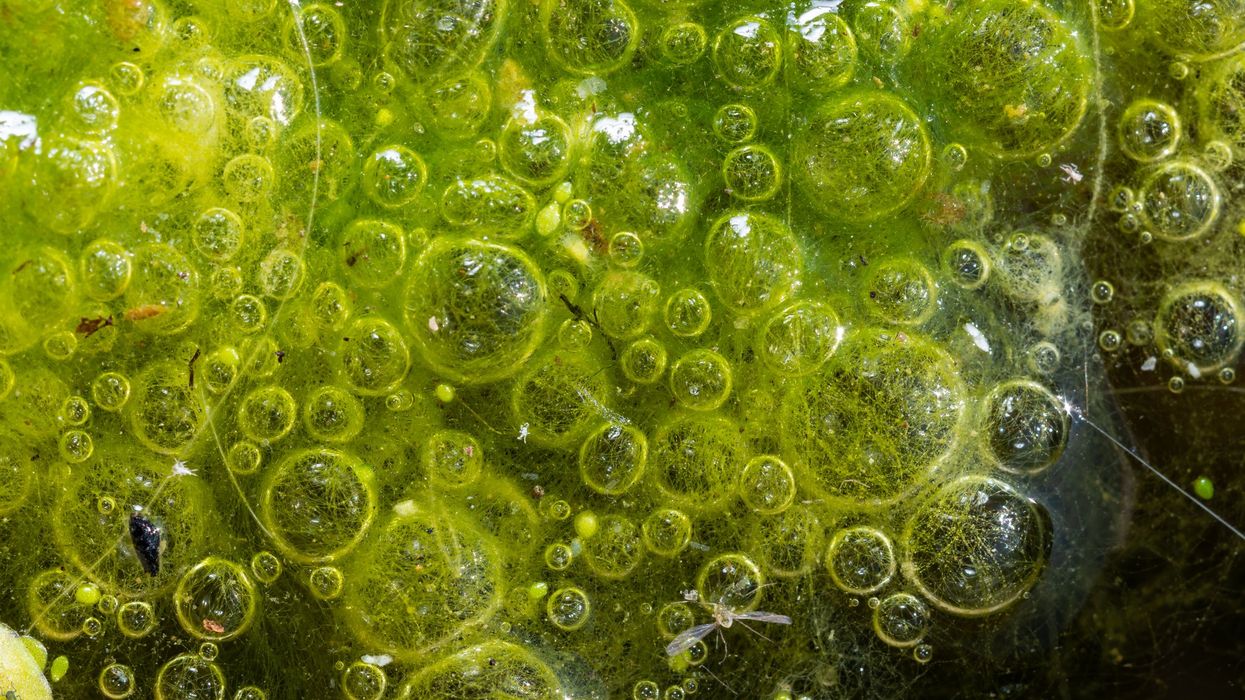Harry Fletcher
Apr 24, 2024

iStock
A potentially significant development has excited members of the scientific community, after a ‘once-in-a-billion-year' event saw two lifeforms merge into one.
The phenomenon is known as primary endosymbiosis. Essentially, it involves one organism at microbial level consuming another and using it like an internal organ.
It might be hard to grasp just how significant such things are, given the microscopic scale, but these things happen incredibly rarely on our planet.
In fact, the last time it happened was around 1.6 billion years ago, and it resulted in plants being formed on Earth.
The time before that, which was the first time it ever occurred, was 2.2 billion years ago.
So, this is a once-in-a-billion-years evolutionary event – and scientists are understandably excited about it.
To delve into things a little deeper, it’s a process known as organelle. It involves the host cell providing the symbiote with energy and other essential things, so that they soon operate as one.
New research, reported by New Atlas, shows that Braarudosphaera bigelowii, a type of algae, consumed a cyanobacterium. In turn, the cyanobacterium was able to allow the Braarudosphaera bigelowii to source nitrogen from the air.
When such an event happened 1.6 billion years ago, it resulted in the organelles forming chloroplasts which in turn resulted in plants populating the Earth – so, this is a pretty big deal.
“That’s exactly what happens with organelles,” said one of the study’s authors Jonathan Zehr. “If you look at the mitochondria and the chloroplast, it’s the same thing: they scale with the cell.”
Sign up for our free indy100 weekly newsletter
How to join the indy100's free WhatsApp channel
Have your say in our news democracy. Click the upvote icon at the top of the page to help raise this article through the indy100 rankings
Top 100
The Conversation (0)













